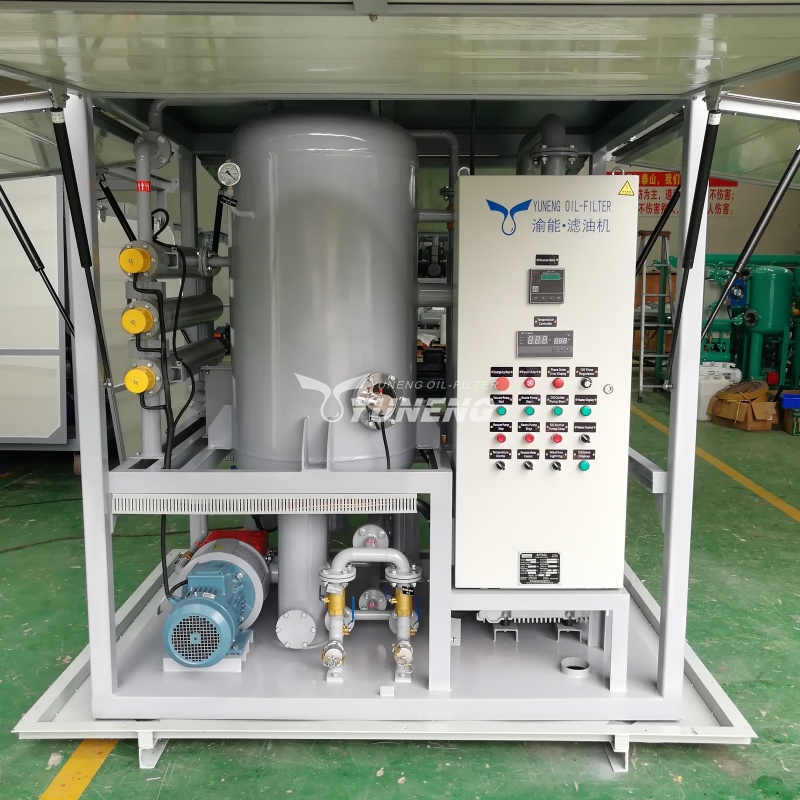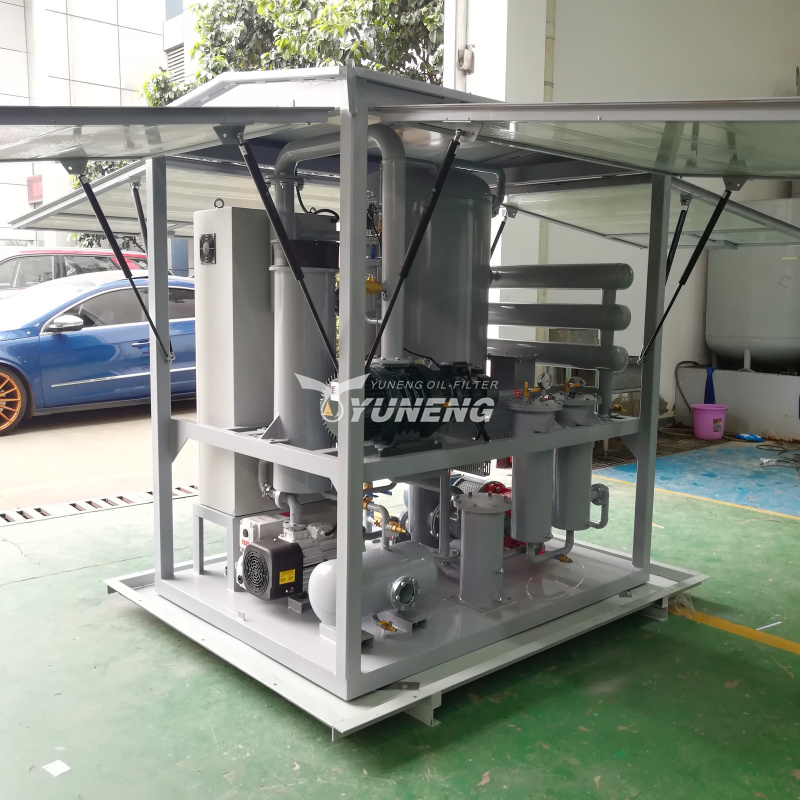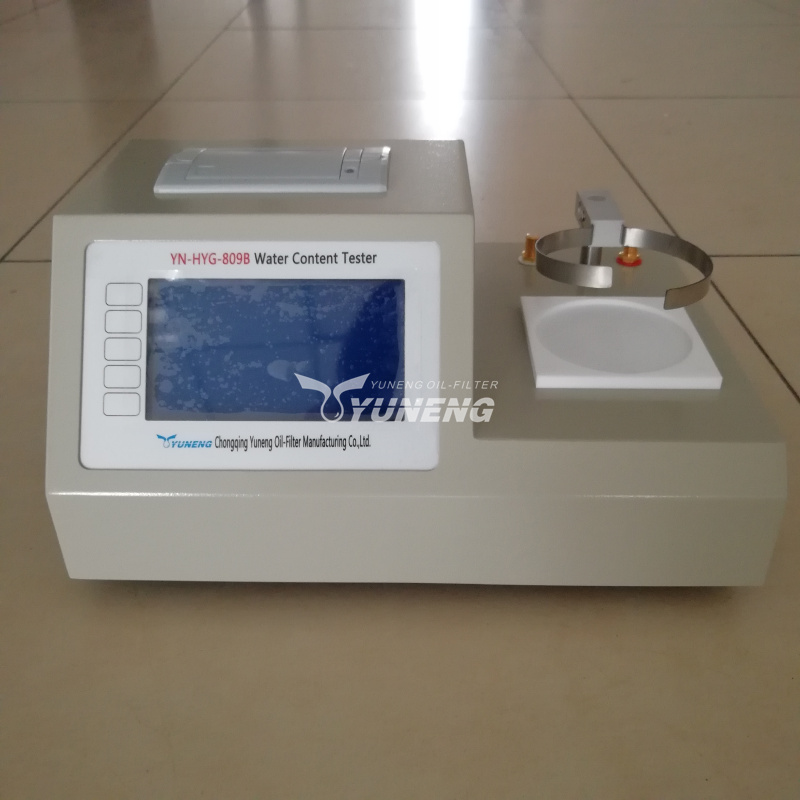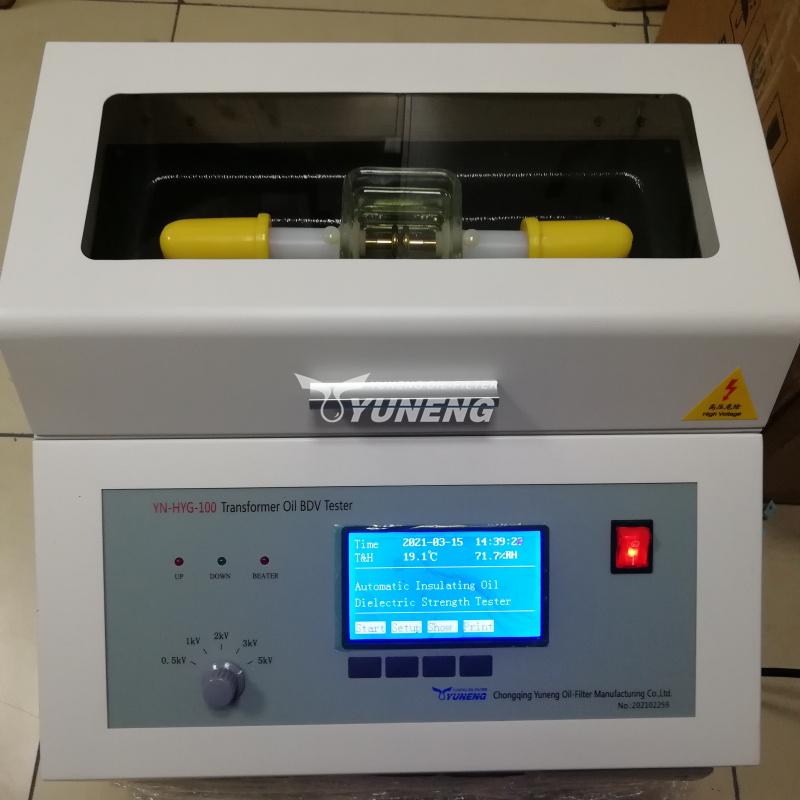Transformer Oil Centrifuging Machine and Testers now Are Ready for Shipment
One set of 4000L/h transformer oil centrifuging Machine, one set of 0-100kV transformer oil breakdown voltage tester and one set of transformer oil moisture tester are ready for shipping to our Bangladesh client.
Bangladesh – Power & Energy
This is a best prospect industry sector for this country. Includes a market overview and trade data.
State of the electricity market
In recent years, the political situation of Bangladesh has been stable. As one of the fastest growing economies in South Asia, in the past 10 years, the average annual GDP growth rate has remained at around 6%, surpassing most other Asian countries, and foreign exchange reserves have risen sharply. It reached 24.141 billion US dollars, and the overall economic situation is developing for the better. However, as the basis for the development of the national economy, the development of Bangladesh’s power industry is faced with many problems. Due to the large power shortage, power outages occur frequently during peak periods of power consumption. The lack of power has seriously affected people’s lives and business operations.
According to Bangladesh’s “Daily Sun” report on March 21, Prime Minister Meng Hasina will announce today that Bangladesh has become the first country in South Asia to provide 100% power coverage. The opening ceremony of the Wapayala Thermal Power Plant was held. Bangladesh’s electricity generation capacity has increased fivefold to 25,514 megawatts over the past 13 years, said Nazrul Hamid, Bangladesh’s Minister of State for Electricity, Energy and Mineral Resources. In addition to this, 33 power plants with a total capacity of 13,219 MW are under construction. Meng’s power generation capacity at the time of independence was only 300 megawatts. The electricity consumption per capita in Bangladesh has increased from 220 kWh in 2009 to 560 kWh now. Hamid also said that the increase in power generation capacity will increase Bangladesh’s per capita income to US$4,096 in 2031, thus making Bangladesh an upper-middle-income country.
Demand
Demand for electricity in Bangladesh is projected to reach 34,000 megawatts (MW) by 2030 and the Government of Bangladesh has plans to increase power generation beyond expected demand to help propel growth in the export-oriented economy and to meet the demands of a growing middle class. Total investment in the sector over the next 15 years is estimated at $70 billion. While installed generation capacity including captive power (as of June 30, 2018) has increased to 18,753 MW, shortfalls exist due to poor distribution infrastructure and a mismatch between the types of energy plants and fuel mix available. Private power production units are approaching half of total installed capacity.
Only two-thirds of Bangladesh’s population is currently connected to the electricity grid. This indicates an untapped potential market of up to 60 million people connecting to the national grid in coming years as Bangladesh continues its growth trajectory.
The fuel mix of Bangladesh’s power plants is heavily based on natural gas. The Government of Bangladesh plans to reduce dependence on natural gas and move towards coal with plans to generate 50 percent of total electricity using coal-based power plants by 2030. Other solutions include importing electricity from neighboring countries, importing liquefied natural gas (LNG), and expanding use of renewable resources, including solar and wind.





